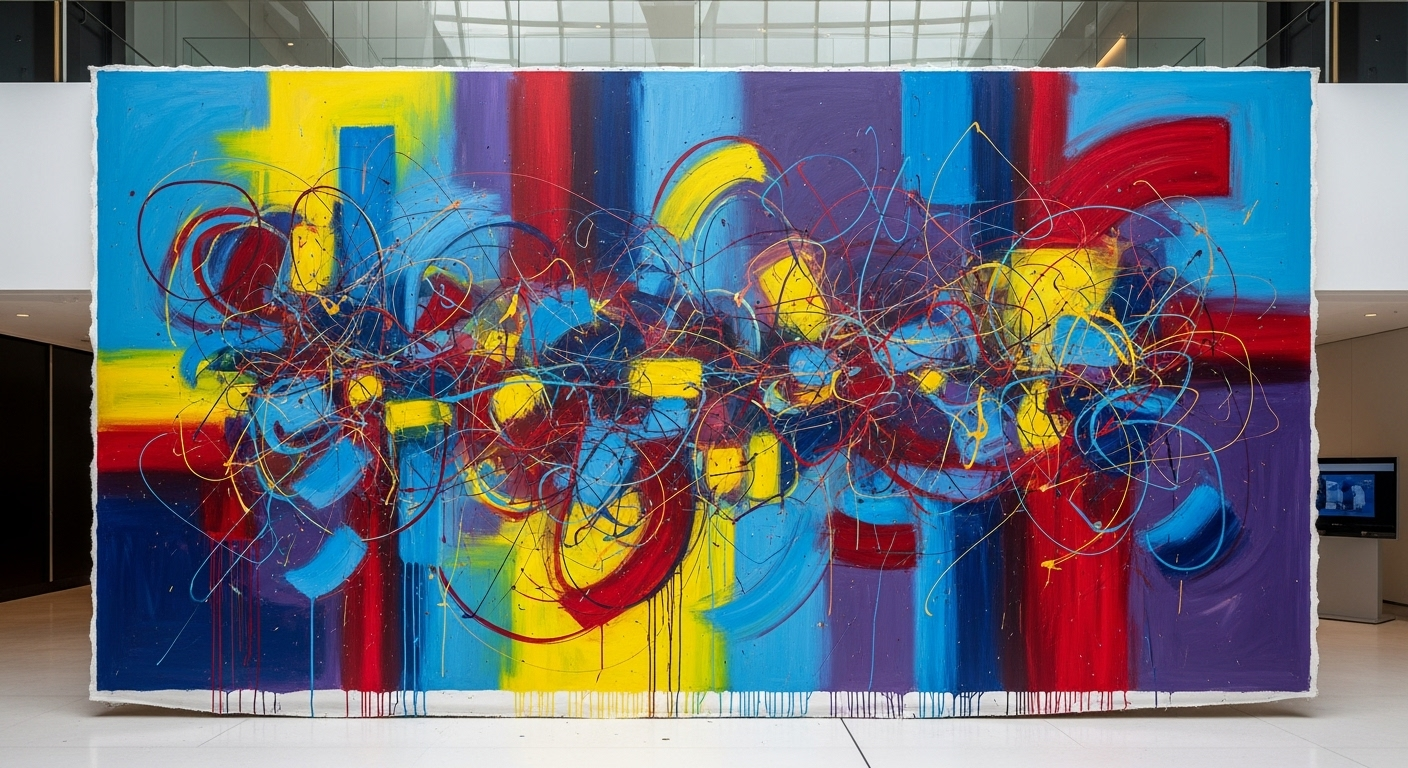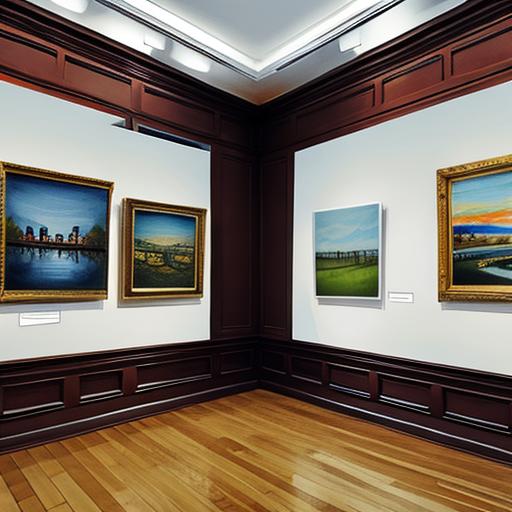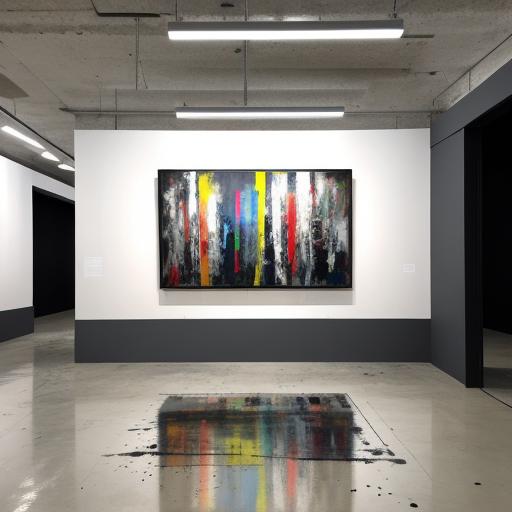Making money as a painter isn’t just about creating beautiful artwork—it’s about understanding the complex market dynamics to pinpoint the most profitable painting styles. The answer might surprise you: there’s no single “most profitable” style universally. Instead, your potential earnings depend entirely on whether you’re targeting high-value collectors and blue-chip galleries or the consistent, high-volume transactions of the mass market. Dive into our guide to discover how to align your artistic choices with your financial goals, maximizing your career potential in 2025.
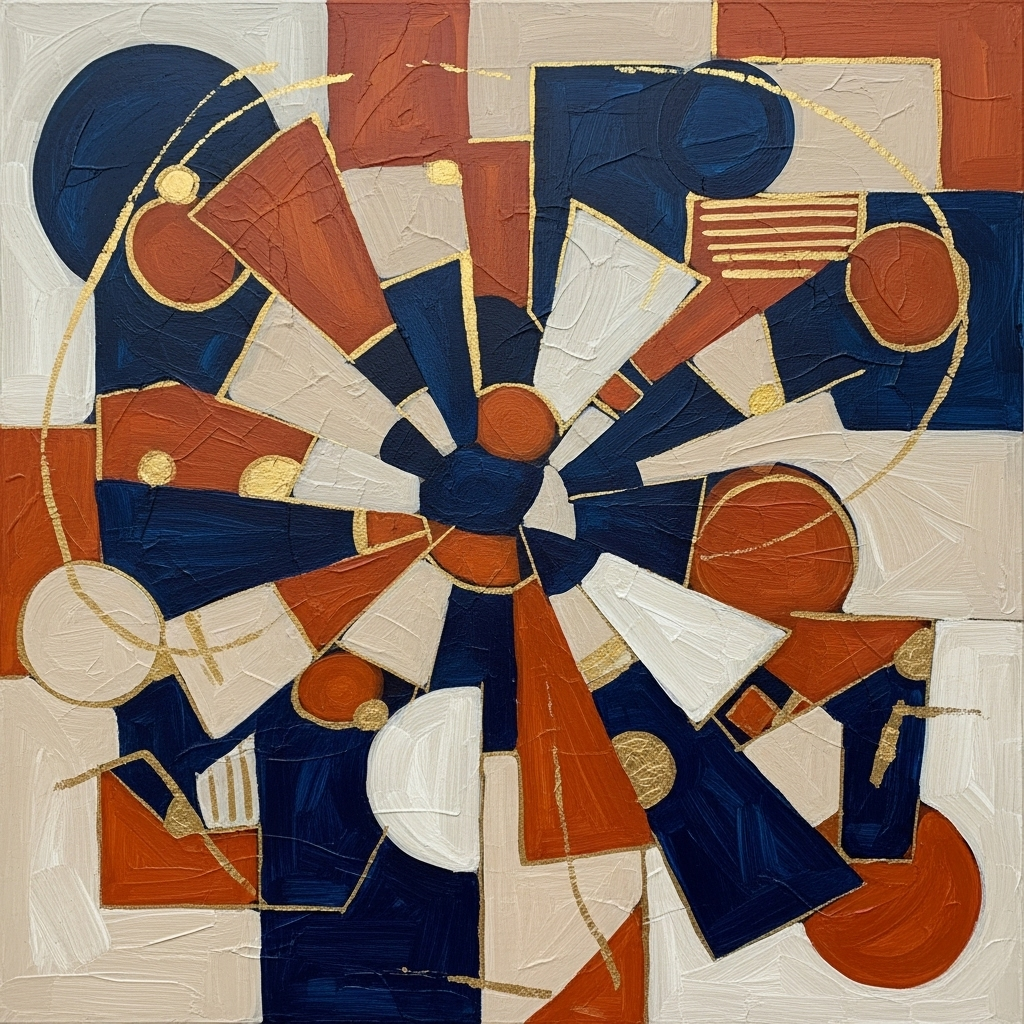
Key Points:
- Abstract and minimalist paintings dominate both high-end galleries (59% of gallery inventory) and commercial markets
- Expressive figurative art has the highest potential for individual piece appreciation, with auction volumes quintupling over the past decade
- Nature-inspired and botanical paintings generate the most consistent transaction volume in markets under $5,000
- Corporate commissions for oversized abstract works can yield $10,000–$1 million+ per project
- Licensing royalties from commercial art typically range from 3-10% of wholesale prices
- The most successful painters use a hybrid strategy, balancing commercial stability with high-value appreciation potential
Understanding the Two-Tier Art Market
The art world operates as two completely different ecosystems, each rewarding different painting styles and requiring distinct business strategies.
The High-Value Investment Market
The high-value market focuses on exclusivity, institutional validation, and significant capital appreciation potential, dominated by high-net-worth collectors, major auction houses like Christie’s and Sotheby’s, and private sales of “blue-chip” artworks. Success here means exceptionally high prices per piece—often $10,000 to $50,000+ for mid-career artists—but transaction volumes are inherently low.
This market has experienced dramatic shifts recently. Overall global art sales declined 12% in 2024, continuing a two-year contraction, with weakness concentrated in the high-end segment due to macroeconomic instability, high interest rates, and geopolitical tensions.
Even more striking is what happened to speculative investment. Spending on young contemporary artists at major auction houses fell from $347 million in 2022 to just $101 million in 2024—a dramatic 71% contraction. The era of rapid, speculative price escalation for emerging artists has ended.
If you’re interested in understanding what makes paintings valuable, this shift toward established artists matters immensely for your career strategy.
The High-Volume Commercial Market
The high-volume market prioritizes consistent revenue streams, transactional frequency, and broad consumer appeal through online sales platforms, accessible art fairs, direct artist sales, and licensing agreements, with prices typically below $5,000.
Here’s the surprising news: Despite the 12% decline in overall art sales value, the volume of total transactions across the market grew by 3% in 2024, driven by increased activity in affordable price segments under $5,000. More people are buying art than ever before—they’re just buying less expensive pieces.
This democratization creates real opportunities for painters who understand how to sell art online in 2025.
Which Painting Art Styles Make the Most Money in High-Value Markets
Abstract and Minimalist Painting: The Commercial Foundation
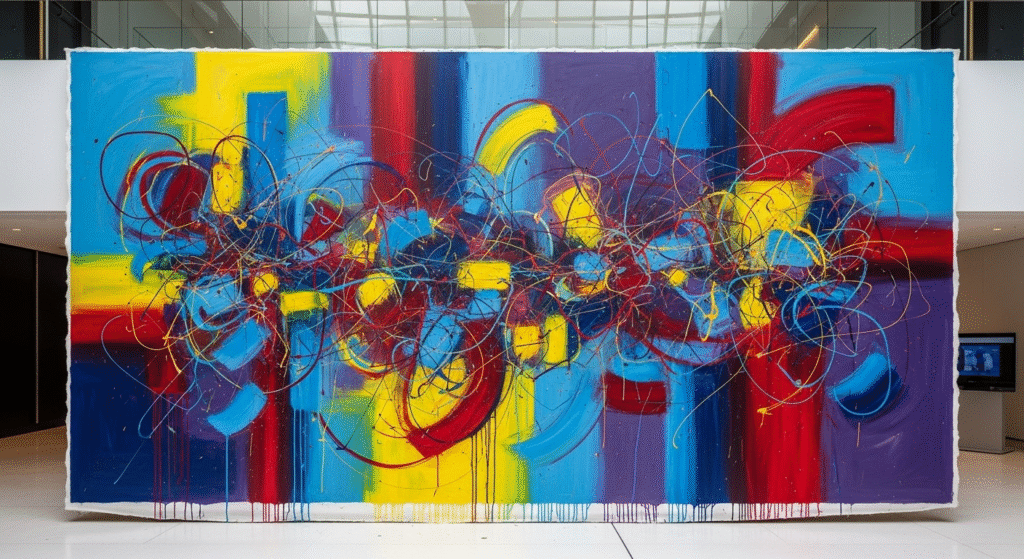
Abstract art represents the backbone of the established fine art market. A gallery survey found that 59% ranked non-figurative paintings as most important to their business operations, while 50% of art collectors selected abstract art as one of the three most important contemporary art genres.
Why does abstract painting dominate? Abstract and minimalist paintings are routinely listed as top sellers due to their ability to harmonize with various interior design styles, including modern, minimalist, and Scandinavian aesthetics, offering emotional resonance without introducing controversy or distracting conceptual narratives.
The corporate sector provides particularly lucrative opportunities. Oversized abstract art characterized by vibrant brushstrokes and bold geometry is identified as a major trend for 2025, serving as anchor pieces for corporate interiors, with companies like Pfizer historically utilizing large-scale abstract paintings to foster inspiring workplace environments.
For artists developing their abstract painting skills, this market stability makes abstraction an excellent foundation for building a sustainable art career.
Expressive Figurative Painting: The Speculative Peak
The contemporary market has seen expressive figurative painting auction volumes more than quintuple over the last decade, attributed to a collective desire for works offering connection, narrative, and subjects that “feel really human” as a counter-balance to an increasingly digital society.
The financial potential is staggering. Willem de Kooning’s Expressionist oil on canvas “Woman III” (1953) reached $137.5 million in a private sale, exemplifying how high-value works with powerful narrative or emotional content can achieve monumental prices.
Within this category, specific sub-styles are gaining traction. The “Faceless Figurative Style” noted in 2024 market reports attempts to synthesize the emotional draw of the human form while maintaining aesthetic ambiguity, with 34% of collectors citing expressive figurative work as important and 22% citing realist figurative work.
Understanding mastering portrait painting techniques becomes crucial for artists pursuing this lucrative but competitive market segment.
Material Uniqueness: Your Competitive Advantage
Traditional painting techniques and materials like oil on canvas provide tangibility and authenticity that digital art lacks, and in an environment where AI generative images are rapidly entering the digital sphere, the value of traditional art is being increasingly reaffirmed through emphasis on rich textures, varied materials, and complex physical compositions.
This “material defense strategy” is why learning oil painting techniques for beginners or mastering impasto technique can differentiate your work in an increasingly digital marketplace.
High-Volume Painting Styles That Generate Consistent Income
The Volume Kings: Abstract, Nature, and Botanical Art
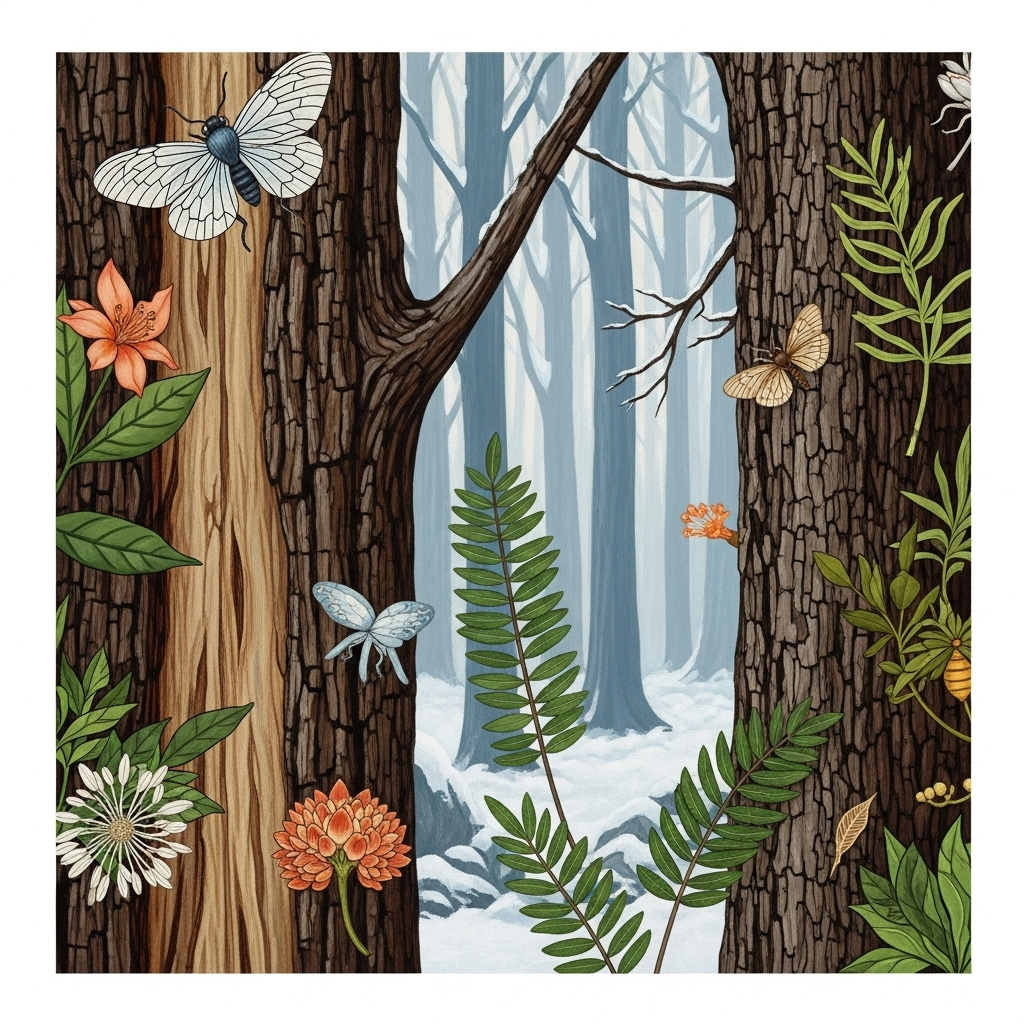
Abstract, minimalist, and nature-inspired art are perennial best-sellers online and in retail print markets due to their high versatility and non-controversial nature, with landscapes and florals consistently topping sales lists because their themes are deeply familiar, non-political, and blend seamlessly into diverse décor styles across generations.
Current trends reveal specific profitable niches. Black-and-white photography appeals for its timeless simplicity in modern and minimalist interiors, while Pop Art and Street Art styles exemplified by artists like Banksy or KAWS are extremely popular for affordable multiples and prints in the entry-level segment.
Artists interested in exploring these profitable styles should consider how to create realistic landscape paintings or study flower painting techniques for botanical subjects.
The Licensing Goldmine
The real money in high-volume art comes from reproducibility and licensing. The most frequently requested categories for art licensing companies include seasonal holidays (Christmas, Easter, Valentine’s Day), everyday occasions (birthdays, anniversaries), and established home décor aesthetics like Mid-Century Modern, Farmhouse, and Scandinavian styles.
Standard royalty rates for art licensing typically range from 3% to 10% of the wholesale sales price, with rates lower (3% to 5%) for mass markets like Target due to high volume but tight margins, rising toward 10% for specialty or limited-edition products.
Understanding how to build your art brand becomes essential for attracting licensing opportunities that generate passive income.
Color Strategy for Commercial Success
Successful commercial art must possess a deliberate “color story” using rich, tasteful colors balanced with neutrals while intentionally avoiding “out-of-the-tube primary palettes” that can appear unsophisticated, and benefits from structural complexity incorporating varied textures and multiple fields of depth.
Learning proper color theory basics and color mixing techniques dramatically improves your commercial appeal and sales conversion rates.
Financial Strategies: Pricing and Monetization
Professional Pricing Structures
The most effective formula for two-dimensional works is the Square Inch Method, which monetizes physical scale and market reputation, with emerging artists starting at $2 to $3 per square inch and established artists charging $6 or more per square inch.
When working with galleries, pricing becomes more complex. When selling through galleries, artists must determine the final retail price by factoring in the standard 50% gallery commission, calculating the minimum price needed to cover costs and provide profit, then doubling that figure for the final public price.
For detailed guidance, explore our comprehensive art price calculator.
Corporate Commission Strategy: The Big Money
Corporate commissions represent one of the highest-fee pathways to profitability. Art budgets for corporate facilities can range from 0.5% to 1% of a new facility’s total construction cost, potentially yielding $1 to $2 million for large projects, with corporate clients highly favoring oversized abstract art for its dramatic aesthetic and capacity to anchor interiors without being conceptually difficult or politically contentious.
For painters targeting this segment, developing a specialized portfolio showcasing large-scale abstraction is essential. Understanding how to choose the right canvas for large-format works becomes a practical necessity.
The Private Sales Advantage
The high-end market has demonstrated a pronounced shift toward private transactions, with auction houses reporting 14% growth in private transactions in 2024 as high-net-worth collectors increasingly opt for private sales offering discretion and exclusivity when acquiring works “fresh to market.”
This trend toward private sales rewards painters affiliated with reputable galleries who can facilitate these discrete, high-value transactions. Learning how to sell your art online effectively includes understanding both public marketplace strategies and private sales channels.
The Hybrid Mastery Model: Maximum Revenue Strategy
The most financially successful painters don’t rely on a single style or market channel—they implement a strategic hybrid approach.
Four-Point Strategy for Maximum Earnings
1. Establish Commercial Base with Abstract and Nature Styles
Painters must ensure consistent cash flow by dedicating production time to aesthetically versatile Abstract, Minimalist, or Nature-Inspired works optimized for the high-volume online print and licensing market where transaction frequency is paramount and price points are often under $5,000.
This provides financial stability while you develop higher-value work. Consider exploring easy acrylic painting ideas to build your commercial portfolio efficiently.
2. Pursue High-Value Appreciation Through Critical Engagement
Allocate primary focus to developing a signature style—such as Expressive Figuration or conceptually rich Abstraction—that can secure rigorous gallery representation and institutional validation, the only reliable pathway to accessing the high-end investment market where individual piece values exceed $10,000.
3. Aggressively Monetize Reproducibility via Licensing
Ensure every successful painting is documented digitally for licensing and print sales, systematically seeking licensing deals focusing on commercially relevant themes like seasonal and holiday motifs where standard royalty rates range from 3% to 10% of the wholesale price.
4. Target High-Fee Corporate Commissions
Develop a specialized portfolio showcasing oversized, high-impact Abstract works specifically for corporate clients who offer substantial project-based fees and value the aesthetic gravity and non-controversial nature of large-scale abstraction.
For artists building their business foundation, understanding art market trends for 2025 helps align your development with current collector preferences.
Comparative Analysis: Style Performance by Channel
| Painting Style | Primary Market | Price Range | Volume Potential | Best For |
|---|---|---|---|---|
| Abstract/Minimalist | Gallery, Corporate, E-commerce | $500 – $50,000+ | High | Versatility and consistent income |
| Expressive Figuration | Auction, Blue-Chip Galleries | $10,000 – $500,000+ | Low | Prestige and capital appreciation |
| Nature/Botanical | E-commerce, Licensing | $50 – $5,000 | Very High | Volume sales and licensing royalties |
| Mixed Media | Corporate Commissions | $5,000 – $100,000+ | Medium | Innovation and reproducibility |
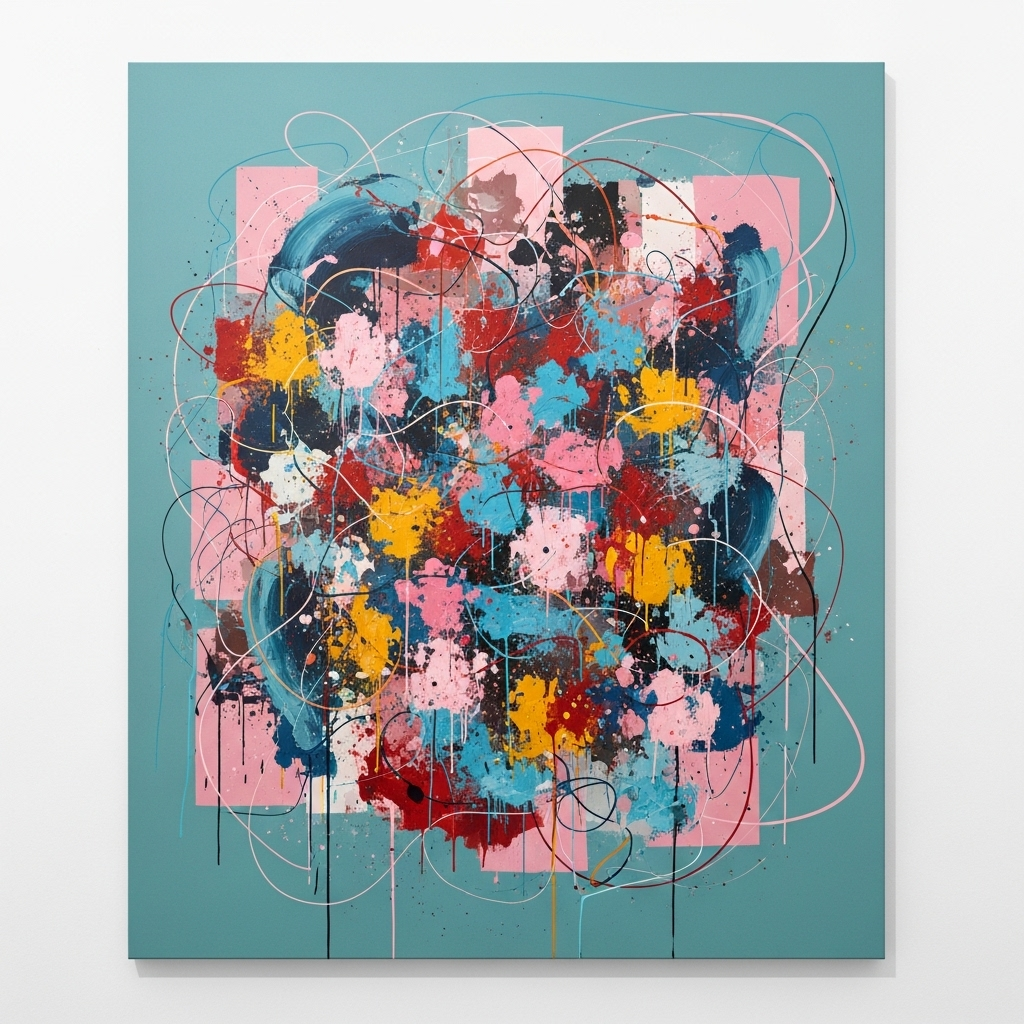
Current Market Conditions and Future Outlook
The Impact of AI on Traditional Painting Value
In an environment where AI generative images are rapidly entering the digital sphere and potentially devaluing purely digital output, the value of traditional art is being increasingly reaffirmed, necessitating that painters emphasize rich textures, varied materials, and complex physical compositions to ensure perceived uniqueness.
This trend actually favors traditional painters who master physical techniques. Our guide on AI and art transforming creative processes explores how to leverage rather than compete with AI tools.
The Growing Affordable Art Market
The expanding base of lower-priced transactions suggests a growing number of new collectors, often Gen X and Millennial buyers leveraging online platforms, are entering the market, demonstrating a broader democratization of art buying.
This demographic shift creates unprecedented opportunities for painters who understand digital marketing and e-commerce. Consider reading about how social media influences painters to capitalize on this trend.
Practical Action Steps for Artists
Developing Your Market Strategy
- Assess your current skills and interests against profitable market segments
- Create portfolio sections targeting different markets (commercial, gallery, licensing)
- Establish pricing structures using the square inch method adjusted for your credentials
- Build digital assets by photographing all work professionally for licensing opportunities
- Research corporate buyers in your region who commission large-scale abstract works
- Connect with galleries that represent your target style and price point
For beginners just starting out, our introduction to painting for beginners provides foundational skills applicable across all profitable painting styles.
Technical Skills Worth Developing
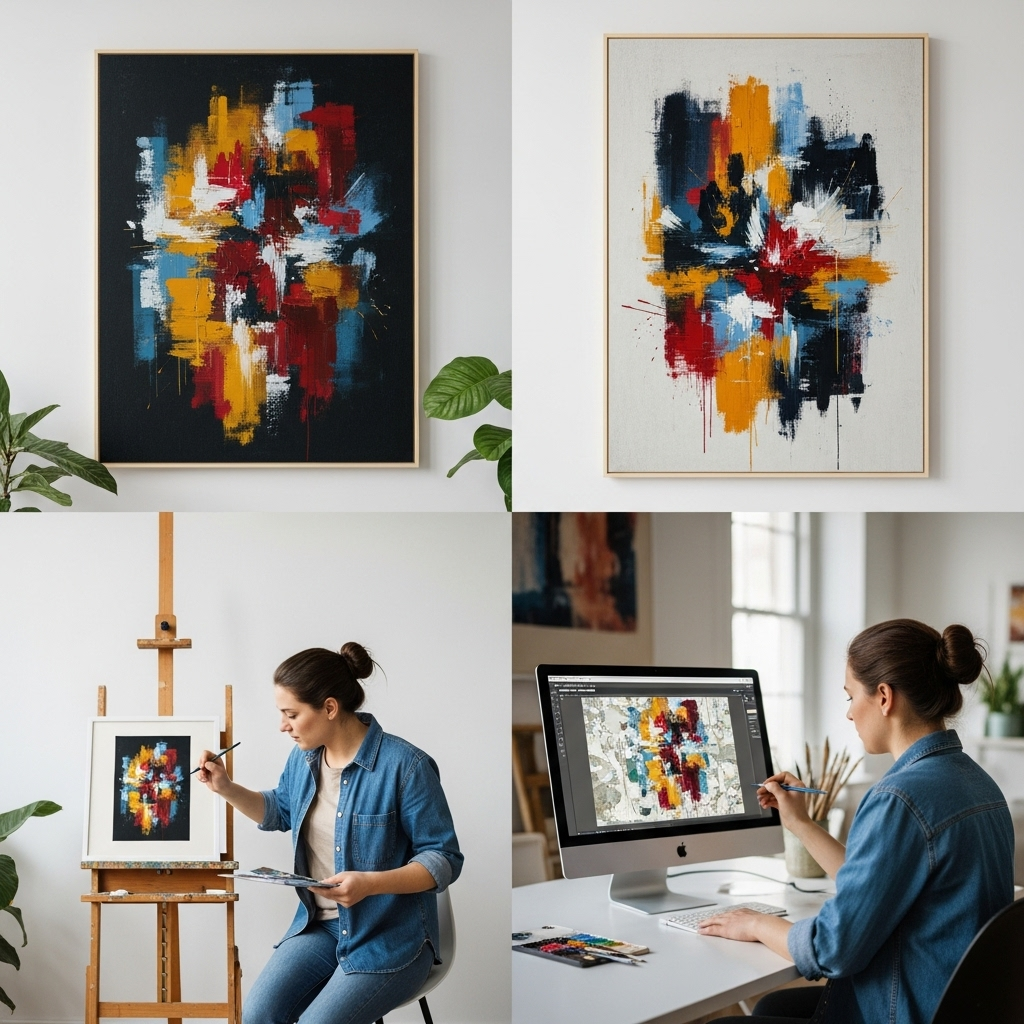
Regardless of which market segment you target, certain technical skills dramatically improve earning potential:
- Color theory mastery for creating commercially appealing palettes (understanding color theory)
- Composition fundamentals that create visual impact (essential composition elements)
- Medium-specific techniques that showcase material uniqueness (comparing oil vs acrylic vs watercolor)
- Large-scale painting skills for corporate commissions
- Digital documentation for high-quality reproduction and licensing
FAQ: Making Money with Painting Art Styles
What painting style sells best for beginners?
Abstract and nature-inspired paintings sell best for beginners because they have broad commercial appeal, don’t require advanced technical skills like realistic portraiture, and perform well in online marketplaces and licensing. Start with simple abstract techniques to build your portfolio and sales history.
How much can artists make from art licensing?
Artists typically earn 3-10% royalty rates on wholesale prices through licensing deals. A design on products selling wholesale for $100,000 annually would generate $3,000-$10,000 in royalties per year. Successful artists license multiple designs simultaneously, creating substantial passive income streams.
Do original paintings sell better than prints?
This depends entirely on your market channel. Original paintings command higher individual prices ($500-$50,000+) but sell infrequently. Prints generate lower per-unit revenue ($20-$500) but achieve much higher transaction volumes. Successful artists sell both—originals to collectors and galleries, prints to the mass market.
What’s the fastest way to start making money with painting?
The fastest path combines three approaches: (1) Create commercially appealing abstract or nature paintings for immediate online sales, (2) Offer affordable prints of your best work through print-on-demand services, and (3) Take custom commission work while building your portfolio. Learn more about how to start an art business.
Are corporate art commissions worth pursuing?
Yes, corporate commissions offer among the highest per-project fees ($10,000-$1,000,000+ for major projects), though they require developing a specialized portfolio of large-scale abstract work and networking with corporate art consultants. The sales cycle is longer but the financial reward can be substantial.
How important is gallery representation for making money?
Gallery representation isn’t essential for making money—many artists earn well through online sales, licensing, and direct commissions. However, gallery representation becomes crucial if you’re pursuing the high-end investment market where individual pieces sell for $10,000+, as galleries provide credibility, collector access, and secondary market development.
Should I focus on one style or paint multiple styles?
The hybrid mastery model works best: maintain a consistent signature style for gallery representation and high-value sales, while separately creating commercially appealing work for prints and licensing under your name or even a studio brand. This balances artistic integrity with financial stability.
Conclusion: Which Painting Art Style Makes the Most Money?
The answer to “which painting art style makes the most money” ultimately depends on your chosen distribution channel and career goals. Abstract and minimalist paintings provide the most versatile commercial foundation, generating consistent income through galleries, corporate sales, and mass-market reproductions. Expressive figurative work offers the highest potential for individual piece appreciation and critical acclaim. Nature-inspired and botanical paintings dominate high-volume transactions and licensing opportunities.
The most profitable approach combines these strategies through a hybrid mastery model: establishing financial stability with commercially appealing abstract or nature work while simultaneously developing a critically-engaged signature style that can appreciate significantly over time. By understanding both market segments and strategically positioning your work across multiple channels, you can build a sustainable and lucrative painting career in 2025 and beyond.
Whether you’re just starting your journey with painting as a gateway to creativity or you’re an established artist looking to optimize your earnings, understanding these market dynamics and painting style preferences gives you the strategic advantage to succeed financially while maintaining your artistic vision.
Citations:
The Art Basel and UBS Art Market Report 2025
ArtPrice’s 2024 Contemporary Art Market Report – Artkliq
Art Industry Trends 2023 | Artsy
Art Collector Insights 2023 – Artsy
Top 10 Most Expensive Contemporary Art – CAI
Figurative Painting’s Market Boom in 5 Charts – Artsy
Art Market Update Spring 2025 – Bank of America
How to Price Your Art – Matt Tommey Mentoring
Pricing Your Art: A Comprehensive Guide [2025] – ArtConnect Magazine
How to Price Consistently for Art Sales Success – Artwork Archive
Corporate Art Investment – Book an Artist
Art Licensing Royalties – Sketch Design Repeat
License It – The Graphic Artist Guild
Most Popular Themes in Art Licensing – Angela Staehling
10 Best-Selling Art Types – Ecommerce-Platforms
Best-Selling Art in 2024 – Buy Wall Art
2025 Art Trends Forecast – Maddox Gallery
Art Market Trends 2025 | Artsy
What Kind of Art Sells Best – Milan Art Institute
Abstract vs. Figurative Art Comparison – The Art Story
Additional Resources
Market Research and Trends:
- Art Basel and UBS Art Market Report 2025 – Comprehensive annual analysis of global art market trends
- Bank of America Art Market Update Spring 2025 – Current market conditions and collector insights
- Artsy Art Market Trends 2025 – Digital marketplace trends and emerging styles
Pricing and Business Strategy:
- How to Price Your Art – Matt Tommey Mentoring – Professional pricing frameworks for artists
- Art Licensing Royalties Guide – Sketch Design Repeat – Detailed breakdown of licensing rates and negotiations
- Corporate Art Investment – Book an Artist – Guide to corporate art commissioning and budgets
Style Development and Techniques:
- Abstract Art vs. Figurative Art Comparison – The Art Story – Understanding the distinction between major profitable styles
- Artsy Art Collector Insights 2023 – What collectors prioritize when purchasing art
- Milan Art Institute: What Kind of Art Sells Best – Practical insights on commercial art creation

